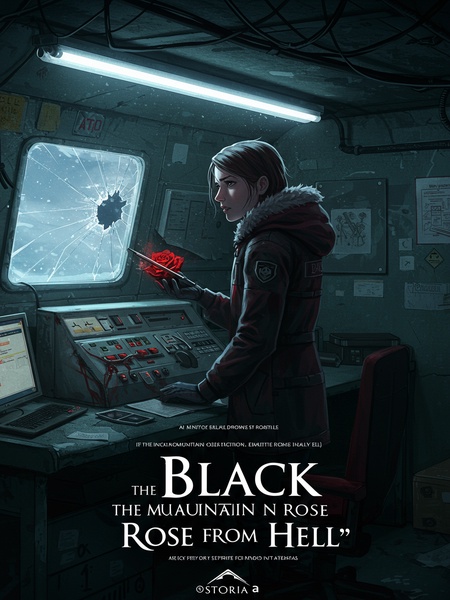Chapter 3: Into the Unknown
Seventeen people from our center volunteered, but only I and two other researchers made the team:
I’d expected to be cut—after all, I was just an intern. The other two, Dr. Clara Reynolds and Dr. Ben Okafor, were legends around here. I’d once spilled coffee on Dr. Reynolds’s laptop and spent a week apologizing.
One was a senior researcher, the other an associate senior—both seasoned experts.
I was the rookie, the odd one out. My imposter syndrome flared up, but there was no time for doubt.
The only reason a rookie like me was chosen was what I wrote in my application:
No family to worry about, no one waiting at home. Twenty years of school, and all I want is a shot to do something that matters.
I’d sweated over that line for hours, afraid it sounded melodramatic. But it was true—I had nothing tying me down. Just the science, and the hope to matter.
The reply from above: [Approved. Wishing you a safe return.]
I’d screenshotted it, sent it to my old college roommate. He just replied, “Dude, don’t die.”
An hour later, the three of us arrived at John Glenn International Airport and boarded a special flight to Washington, D.C.
Security was tight. The terminal TVs all showed CNN’s looping footage of the black mountain. A TSA agent patted down my backpack, eyes darting to the screen. The terminal was full of military personnel, their faces grim. I hugged my battered duffel bag to my chest as we boarded the midnight flight.
At Dulles International, I met experts from every state, including industry leaders I’d only ever read about in journals.
It was surreal—an academic all-star team. Someone cracked a joke about the Avengers, but most just stared at their phones, reviewing data or texting family.
Together with the security team, we boarded a specially assigned Boeing 787 and flew to Hobart, at Australia’s southern tip.
The flight was silent. The hum of the engines was our only soundtrack, except when Dr. Okafor tried to lighten the mood by listing the weirdest foods he’d ever eaten.
Hobart is a small city, home to only tens of thousands.
The city’s old brick buildings looked almost quaint from the window. It reminded me of a New England harbor town, minus the lobster shacks.
After a short rest at the airport, we boarded a bus to the port.
I downed a vending machine Red Bull and tried to nap, but my mind kept replaying the satellite footage.
The road was lined with devastation: trees leaning every which way, many houses cracked or collapsed.
Tarps fluttered over roofs, and whole blocks had been cordoned off. It was a patchwork of normalcy and disaster.
A kangaroo barreled down the street, nearly sideswiping our bus. An Aussie in a high-vis vest just rolled his eyes and muttered, "Bloody earthquakes."
It was obvious these kangaroos were affected by the infrasound waves generated by the Antarctic earthquake, driving them into the city to attack people.
I remembered an undergrad lecture on how seismic waves affect animal behavior. Never thought I’d see it firsthand.
Continue the story in our mobile app.
Seamless progress sync · Free reading · Offline chapters